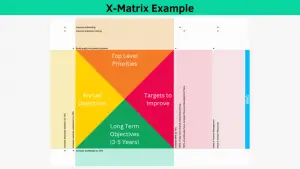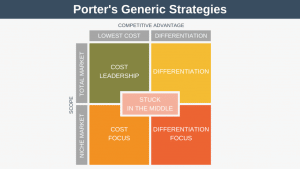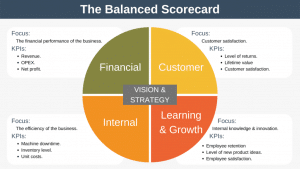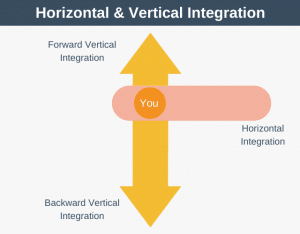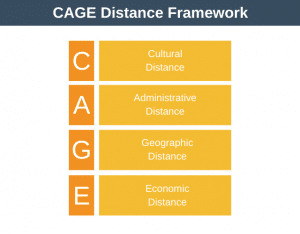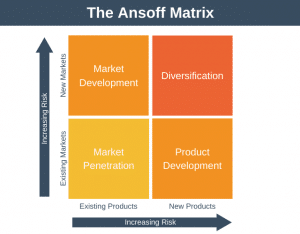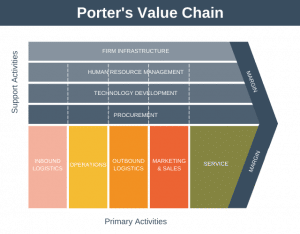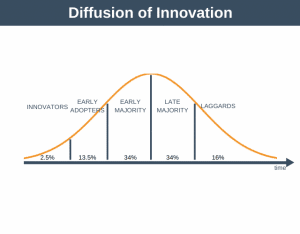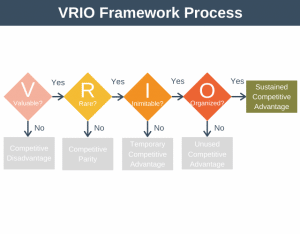Reverse Innovation simply means developing products for emerging markets initially before later distributing those same products in the developed world. When a product is eventually distributed in developed markets the product may look radically different, but it is still essentially the same product.
The main driver for reverse innovation is the difference in personal income between the developed world and emerging markets. People in emerging markets don’t just expect to be on a different point on the price-performance curve, they expect a whole new price-performance curve – they expect great performance at a low cost.
From my own experience of spending almost one week per month in Beijing during 2010, consumers don’t mind sacrificing some quality to get this low cost performance, and products need to refresh/have new features/re-brand/renew far more often than they do in developed economies. These are my own observations and my experience is of course anecdotal.
Let’s look at a simple example of this. Currently (February 2011) the Apple iPhone has market dominance in the US, with a market share over 30%. It doesn’t just have the phone, but it has a whole ecosystem where third-party publishers create applications for the iPhone which are then sold through Apple’s App Store. The App Store alone had a revenue of US$1.78 billion in 2010. This huge market share, backed up by an ecosystem with thousands of publishers making apps for it, and money from it, puts in place a huge barrier of entry for any competitor looking to enter the market.
This is, of course, exactly what apple wants. So, how can a competitor compete with Apple in the US? If they could produce (and it’s a big if) a phone better than the iPhone, then they still wouldn’t have the ecosystem, and so consumers would have a much better experience with the iPhone as it has all the apps. Ultimately, despite having a better phone the company would lose. This leads nicely on to reverse innovation…
Reverse innovation might offer a path for competitors. The iPhone and its ecosystem are not currently strong in emerging markets. So one approach to compete would be to build a product and ecosystem that wins in emerging markets first. Do not try to copy what apple has done, but simply try to build the best product and ecosystem you can for the market you are addressing. Listen to your customers and adapt your product and ecosystem as needed. Once you are strong and successful in emerging markets, then, because you have learned by doing, and because you are successful, I would argue you have a much better chance of competing with Apple when you bring this product (possibly repackaged) back to the US. In all likelihood you will have a very different ecosystem to Apple. Your user volumes in emerging markets would entice publishers to build content for you at the point you launch in the US. This strategy is even more exciting when you factor in the GDP growth rate in some of these emerging markets, such as China and India.
The example above aims to give a concrete example of how a reverse innovation strategy might be implemented by a company looking to compete with Apple’s iPhone. However, below are some general rules for organizations looking to get started with reverse innovation:
- Decentralize the team – they must be based locally.
- Give the local team complete decision making power and allow them to choose their own strategy.
- Give them profit and loss responsibility.
- Allow the local team access to global resources if needed.
- Once successful products are deployed locally, work with the local team to plan which products to deploy in the developed markets. In particular, look out for lower price points or new business models to disrupt the status quo in developed markets.
